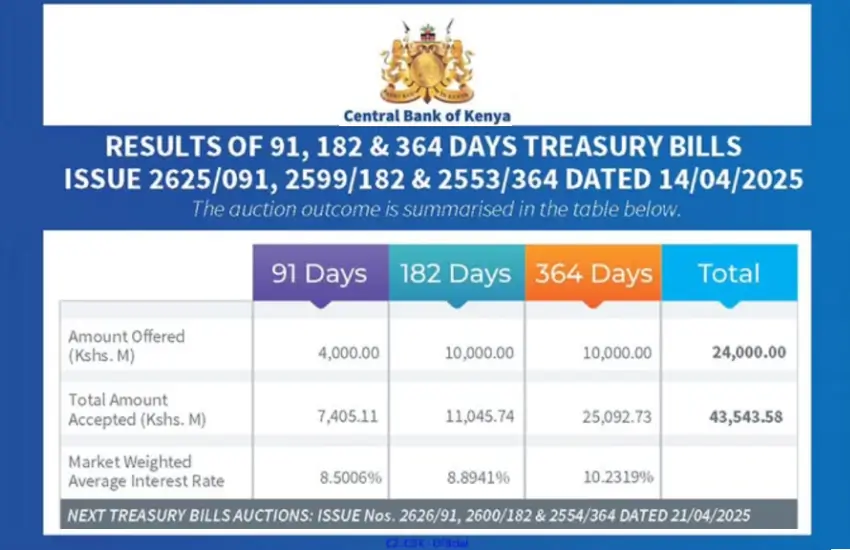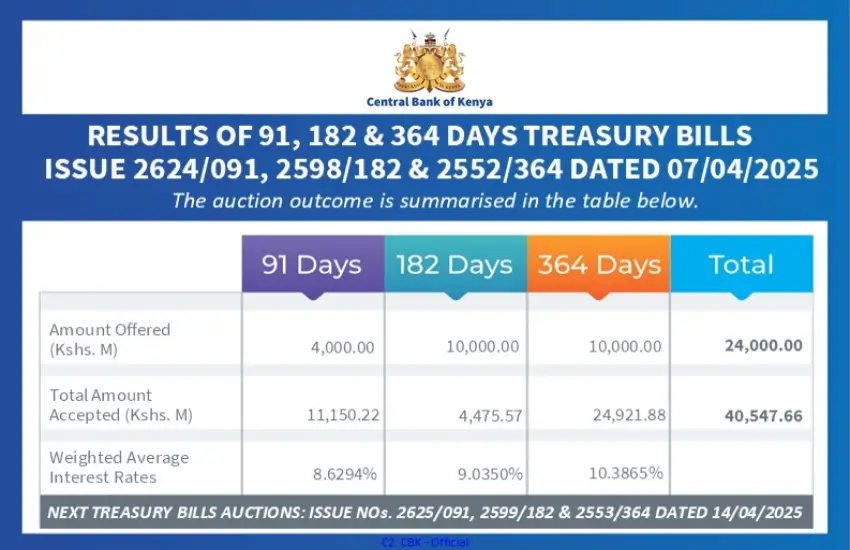Personal Finance
Unleash Your Money Mindset



Weekly and Monthy Highlights
- CBK Cuts Central Bank Rate from 10.75% to 10%14 Apr
- CBK Receives Ksh. 40.69 Billion Bids After Offering Ksh. 24 Billion Worth Of Treasury Bills07 Apr
- KCB Group Records the Fastest Growth in Profitability, a 66.1% Increase to KES 60.09 Billion31 Mar
- Absa Bank Kenya’s Net Profit Grows by 28% to Ksh 20.9 billion in Financial Year 202424 Mar
Trained Over 1 Million Individuals on Financial Awareness by 2025, and Still Counting
Join a community of like-minded people on the same journey towards their prosperous financial future.
Enable Your Money to Work as Hard as You Do

Finance Planning
Personal

Investing
Wealth Management

Risk Management
via Insurance Products

Retirement
Planning

Succession Planning
+ Estate Administration

Taxation
Tax Principles

Financial Education for You
Financial Masterclass
From budgeting to debt management, investing and beyond, invest a few hours of learning and gain the knowledge and confidence to make a lifetime of smart financial decisions on your own
Coaching & Mentorship
The annual subscription helps you get real with where you are currently with your income, debt, expenses and investments and chart the way forward to your desired future. We walk the journey with you.
Consulting
Elevate your business, investment and valuation analysis using our proven methodologies. Partner with us to educate your stakeholders and reach on finance in plain English.
Trusted By Industry Leaders
Start thinking about your
financial future
Abojani is a leading financial and investment advisory firm. We are here to help you make smart decisions with your money. Whether you’re a seasoned investor or just starting your journey towards financial freedom, we are the perfect companion to guide you every step of the way.
Ksh 750K+
+7% this month
Amount Invested by the Community Members
8,000+
Ksh 483K+
Ksh 400M+


Educate Yourself on Money and Personal Finance
Explore news, insights and our Personal Financial Management Program that level up your financial well-being.

CBK Cuts Central Bank Rate from 10.75% to 10%
1. This week, treasury bills were oversubscribed, seeing the government

Dividends: Why They Matter More Than You Think
When many people think of investing, they imagine buying and

Budgeting: A Guide for Small Business Owners
As a small business owners, you might constantly find yourself

9 Money Habits that Lead to Success
You can adopt these practical habits for a financially sound

CBK Receives Ksh. 40.69 Billion Bids After Offering Ksh. 24 Billion Worth Of Treasury Bills
Here’s your round-up of this week’s key financial and corporate

I&M Bank’s FY 2024 Results: A Year of Strong Growth and Promising Returns
I&M Bank has had an impressive year, with its FY

KCB Group Records the Fastest Growth in Profitability, a 66.1% Increase to KES 60.09 Billion
It was a busy last week of the month as

The Limitations of Relying on 1 Paycheck
Relying on a single paycheck is a risky lifestyle; a
What Business Leaders and Masterclass Alumni say about us
I attended their Personal Finance and Investing Masterclass that radically transformed my approach to handling money."




If you re looking for Practical
Financial knowledge packaged in
easy to digest format...
ABOJANI is the place.
Best value for money !!! "

Take Life’s Next Steps With Confidence
Abojani Personal Finance Training provides you with structured and unbiased advice that will help you keep your life goals on track.












